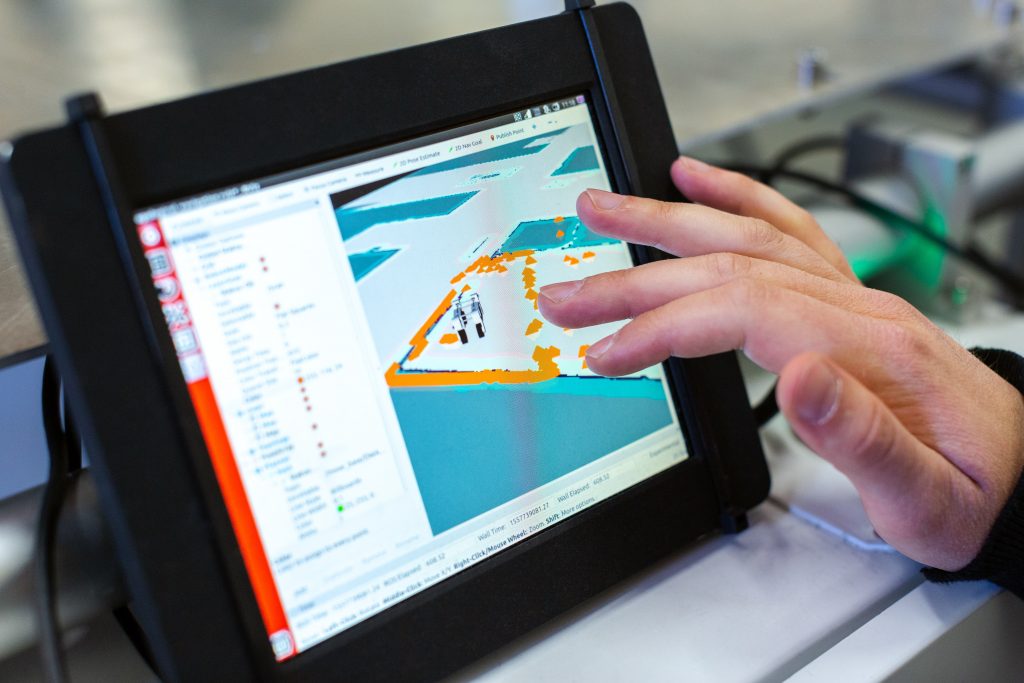Riding The Cloud – The Future Of Transportation Management System
Get In Touch
Your information is protected by our Privacy Policy and Terms of Use.
Our Offices
E 237, First Floor, Phase VIII B Sector-74,
Industrial Area, Mohali-160071, Punjab
Mobile : +(91) 93010-10197
16192, Coastal Hwy Lewes DE - 19958
Mobile : +1(470)-268-9868
531A, Upper Cross Street, #04-95,
Hong Lim Complex, Singapore - 051531
Mobile : +1(470)-268-9868
- Solutions For
- Solutions
- Services & Expertise
- Case Studies
- Insights
-
Get In Touch
Get In Touch
Your information is protected by our Privacy Policy and Terms of Use.
Our Offices
Zapbuild Technologies Private LimitedIndia
E 237, First Floor, Phase VIII B Sector-74,
Industrial Area, Mohali-160071, Punjab
Mobile : +(91) 93010-10197Zapbuild Technologies (US) LLC United States
United States
16192, Coastal Hwy Lewes DE - 19958
Mobile : +1(470)-268-9868Zapbuild Technologies (S) PTE LTDSingapore
531A, Upper Cross Street, #04-95,
Hong Lim Complex, Singapore - 051531
Mobile : +1(470)-268-9868
7 Regulations And Compliance In Healthcare Application Development You Should Know

Do you know that over 2.3 billion users across the world use smartphones? And most people suffer from some kind of ailment or disease that makes their life a little bit difficult on them. Thus, healthcare management applications are seeing a steep rise in their adoption. There are 325 million connected wearable devices worldwide – most of which have some manner of health monitoring features – and the numbers are growing as we speak. We have clearly moved beyond the traditional EHR (electronic health records), EMR (electronic medical records), and PHR (personal health records). These terms seem very small as compared to what we are experiencing today.
Today, we can administer medicine from a remote location and perform surgeries on critical patients from thousands of miles away using the internet and a few robotic arms. No doubt we have evolved technologically, but there are still many hurdles we face, especially when it comes to creating healthcare software and online health management systems. The biggest challenge is complying with laws, regulations, standards, and compliances of various kinds such as:
1. FDA clearance
You have to get an FDA clearance if your mobile app facilitates diagnosis, treatment, and cure, or mitigation of a health problem. FDA is going to evaluate the type of app you have created, in case it is a means to provide information regarding diabetes management for example or lets the user download information from a blood glucose meter.
2. HIPAA compliance
HIPAA compliance is a must for healthcare mobile apps or any software that is used in wearables. If they are used to collect, save, or share personally identifiable information about the health of an individual, these need to be HIPAA compliant. The main idea here is to have Protected Health Information (PHI) and for that, each developer needs to do the following:
- Mandatory use of confidential credentials (like username and password) without which no one should get access to the app and its information.
- No data on the device should be vulnerable and this means encryption, authentication and other means of protecting the information should be put in place to eliminate and prevent breaches, and unauthenticated sharing of information.
- Limit sharing of PHI.
HIPAA Compliance is also very necessary for your Healthcare or Practice Management Software if You are allowing users to record their personal information in it.
- It lets users find information regarding their symptoms or illness.
- The app gives access to medical reference information.
- It makes recommendations regarding daily diet to users.
3. Consumers and Clinical Decision Support
Patient engagement is important and they prefer being more active and involved in decisions about their health as well. If you really want your healthcare software or PHR (personal health records) app to be useful to your users, this one compliance is of utmost importance. A clinical decision support system or a collection of similar tools assists the patients with everything regarding their health. They can choose a health insurance plan or decide upon a specific treatment or learn about the various risks that a particular treatment entails. Also, the physicians’ role in facilitating shared decision making will remain critical because they can keep the patients get more involved in decisions about their health. The need for such tools and their evaluation becomes even more evident when you are creating a healthcare app or software.
4. EHR and ICD-10
The ICD-10 will affect your EHR strategy and plans. The U.S. healthcare system has relied on ICD-9 for decades now. It is a set of codes that helps identify and classify various diseases. The International Classification of Diseases code 10 holds critical information. One can know about the epidemiology, health management issues, and treatments of these conditions from these codes. ICD codes are used by healthcare professionals to record and identify health conditions. Public health workers can track the morbidity and mortality of patients with the help of these codes. Insurers also use these codes to classify several health conditions and determine the value of reimbursements.
The ICD-9 code (which was established in the late 1970s) was replaced by the ICD-10 code set on October 1, 2015, which is a more detailed version of it.
5. Electronic Visit Verification (EVV)
When it comes to remote monitoring of the patient and home healthcare, EVV technology is something that every caregiver can rely on. A home visit can be made more effective by capturing essential information about it. An EVV app is used for the purpose of capturing this information on mobile devices. The whole purpose of creating a healthcare application or EHR (electronic health records) software is the digitization of paper-driven data collection. When done via EVV-compliant software, it can be easily used by agencies and government entities to ensure full compliance and high quality of service.
Features of Electronic Visit Verification:
- Date of service provided
- Start and end times of the service
- Type of healthcare service delivered
- Location where the service was provided
- Information of service provider
6. HL7 Integration
Health Level Seven (HL7) is a standard that your healthcare app will have to follow because it defines the format for the exchange of health-related information. This is useful for when medical applications interact with one another and exchange, share and retrieve data for efficient delivery of healthcare services. Filing, conversion and extraction of medical data and clinical workflows can be made smoother and hassle-free with a well-integrated Health Level Seven (HL7) system.
HL7 integration solutions are what provide an application the agility and efficiency to facilitate affordable healthcare relief to patients worldwide. This integration is essential to create a more viable application Better HL7 integration means more meaningful and system-wide information availability to the concerned parties. If the HL7 data semantics are poor in quality, the eventual interpretation of data values may be incorrect, leading to serious implications for patient care delivery.
7. Telehealth
Home healthcare or remote healthcare is made possible by telehealth features. In fact, this term is not just one isolated word but comprises a broad range of technologies and services. These can be used to provide the patient with optimal medical care and improve the overall healthcare delivery system.
i) Telehealth is a subset of E-Health
E-health comprises the delivery of health information, to both health professionals and consumers. It also includes the education and training of health workers. One can also facilitate health systems management through this.
ii) Telemedicine
Telemedicine, on the other hand, is a subset of Telehealth. It is very specific in nature as the name clearly suggests here. Telemedicine makes the use of electronic communications to provide clinical services to patients. The software used here acts as an interface between the user and the medical care provider and the need for an in-person visit is effectively eliminated. Telemedicine application is also useful for follow-up visits and assists in medicine management and that of chronic conditions as well. Secure video and audio connections make it possible for the medical caregiver to facilitate specialist consultation and render a variety of clinical services remotely.
A bit of trivia WHO also uses the term “Telematics” quite often in this context and defines it as a composite term for both Telemedicine and Telehealth.
Final Thoughts
Mobile platforms and smart devices have helped us a lot in the digital transformation of healthcare. They have broadened up ways in which physicians, doctors, hospitals, and other healthcare professionals and associations deliver real-time care and important information to patients. Healthcare software also doubles as a billing systems software and also as a means to store, save, upload, disperse and edit and update and protect hospital records. If you want to create a healthcare software solution that is totally compliant and makes it easy for you to keep your health records safe, you should decide upon a compliance strategy right now.

Subscribe Now!
Always stay up-to-date by receiving actionable insights and recommendations, relevant to your interests, from our IT experts.


All done! You’re now subscribed to Zapbuild’s expert IT insights.
To ensure our emails reach your inbox, instead of your junk/spam folder, please add our email address connect@zapbuild.com to your address book.

(Co-Founder and Director at Zapbuild)
Are you looking for a technology partner to turn your business idea into a successful solution? Get free consultation from top IT experts – write to us at connect@zapbuild.com or call us at +1 (779) 256-7779 or +91-80471-16600.
GET IN TOUCH NOWRecommended reading
Health Information Exchange – Understanding Its Benefits, Challenges, And Future Beyond
Receive Expert Insight By Email
You can receive more such insights, ideas, and solution recommendations from our IT experts – directly in your email, absolutely free – by subscribing to our blog.
SUBSCRIBE NOW
Health Information Exchange – Understanding Its Benefits, Challenges, And Future Beyond
Download Your Free White Paper
Health Information Exchange – Understanding Its Benefits, Challenges, And Future Beyond


The document will be sent to your registered email shortly. Don’t forget to check your spam/junk folder.

- Featured Blogs
- Fleet
- Logistics
- Supply Chain
- Transportation
- Uncategorized
- Warehouse
- Warehouse Management
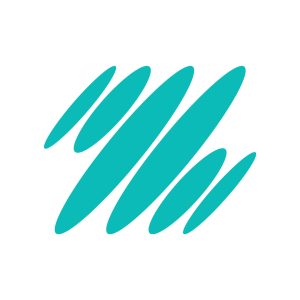
Looking to build future-ready technology solutions for your transportation or logistics business? Connect with our experts for a free consultation today connect@zapbuild.com
Categories
Trending Blogs

A Quick 9-Step Guide To Building An MVP Efficiently
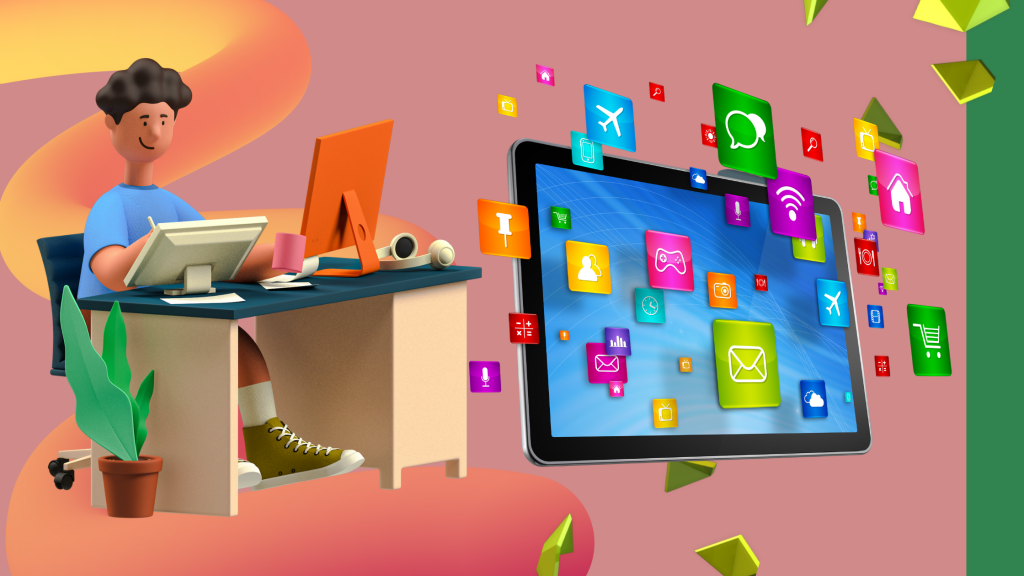
13 Must-Have Features of Successful Educational Apps
Subscribe to our newsletter
Related Insights
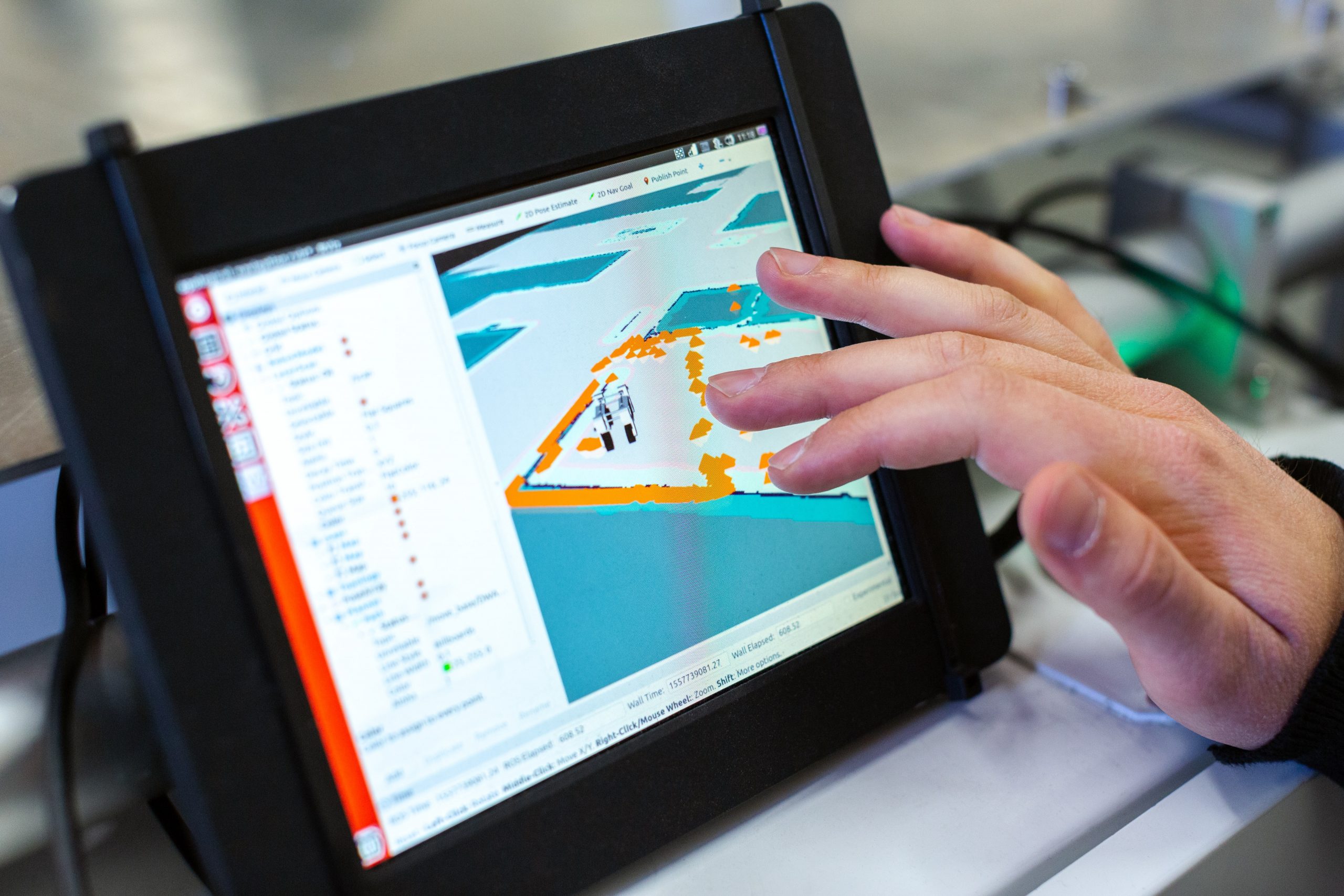
Uncategorized
Logistics Management Software : Important Things You Should Know


Uncategorized
Unlocking the Power of Consumer Data Analytics for Business Growth
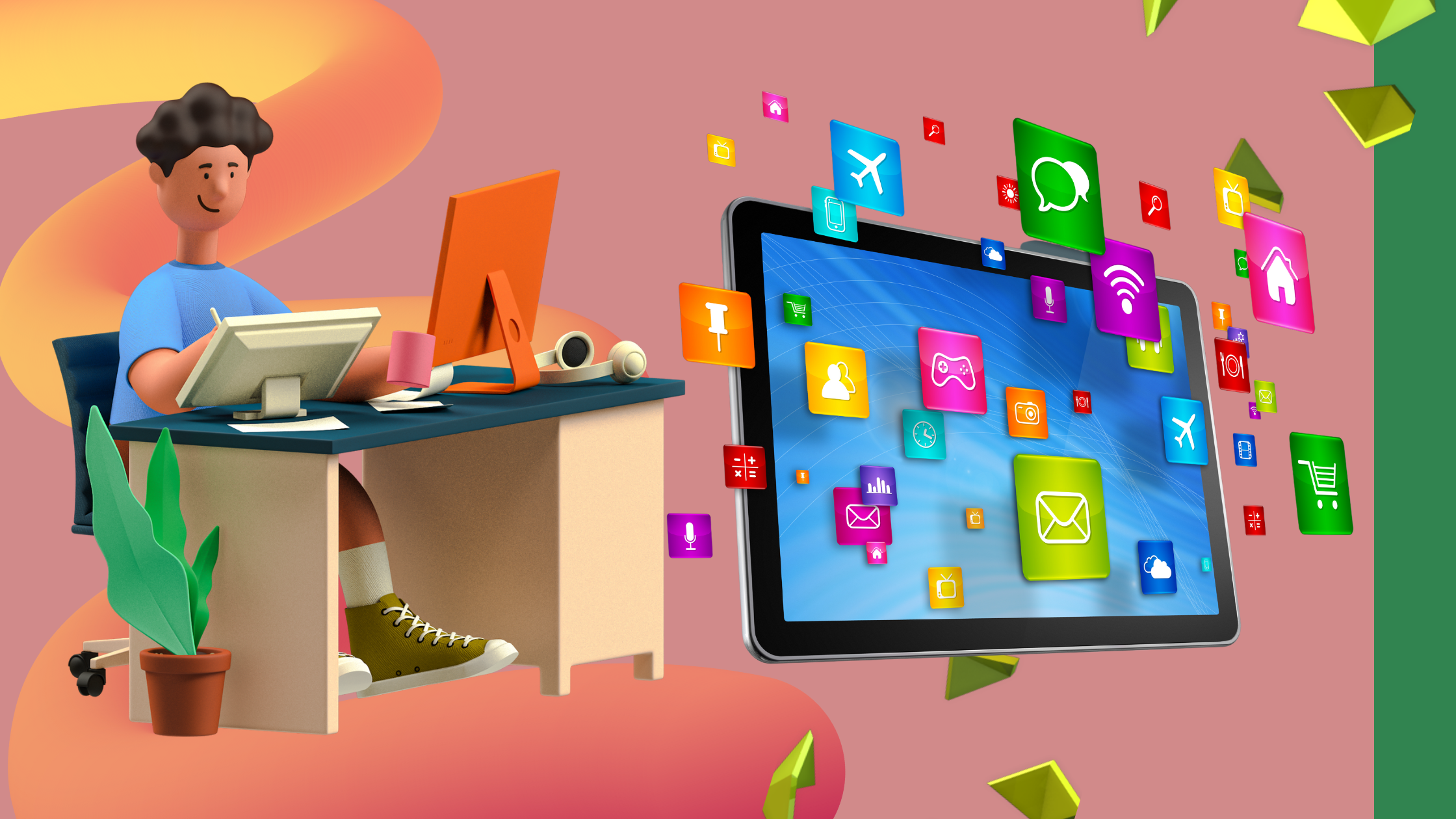
Connect with Our Experts
Take the first step toward the digital transformation of your Transportation and Logistics business.
Get a Free Consultation with Zapbuild’s technology experts today.

